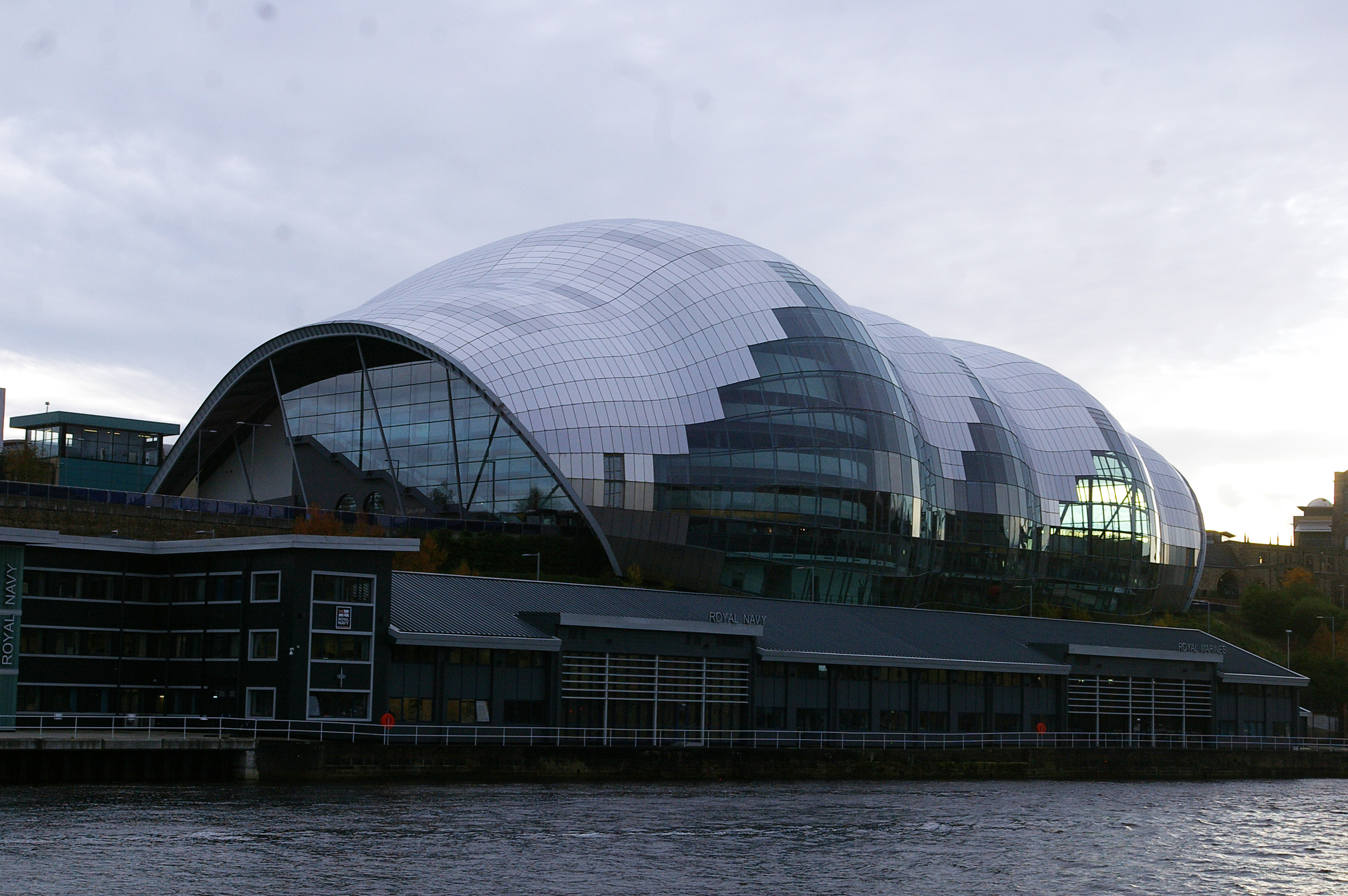NITELITES add TTL6-A / SUB 8004-AS to Gateshead's Sage Two
When Nitelites installed a permanent RCF HDL20-A line array system in Sage Gateshead’s main 1700-capacity main room, setting a new benchmark in sound reinforcement, it seemed only a matter of time before they returned to upgrade the smaller Sage Two.
Nearly two and a half years later and they have done precisely that. But given that the venue’s second room is a flexible, ten-sided auditorium, split over three levels and accommodating 430 (theatre style) or 600 for a full standing gig, the installation was going to be anything but straightforward. Nitelites director and system designer, Andy Magee, opted for a pair of RCF’s TTL6-A as the centrepiece of the first phase upgrade, knowing that the subsequent arrival of the HDL6-A composite line array would then enable the two upper balconies to receive full 360° coverage.
“Sage Two’s sound system was falling short,” opined Magee. “The room stages many performance genres — from classical, world and jazz music to straight theatre — some of it unamplified. Therefore, the reason for specifying the TTL6-A is because it is not only compact but packs a considerable punch. The first time I heard it I was blown away by the SPL. It seemed the ideal one-box solution.” And that’s hardly a surprise, since the three-way active TTL6-A is equipped with 2 x 12” LF woofers, 4 x 6.5” midranges and a 3.0” voice coil compression driver. The integration of four channels of digital amplification and the advanced digital processing raise the bar for distortion, noise and thermal efficiency.
The Nitelites director’s enthusiasm resulted in a demo for Sage Gateshead’s technical manager, Neil Colebeck and lead audio technician Graham Orchard — not that it was really necessary as the trust built up has been based on the flawless performance of the RCF system next door. The TTL6-A’s are complemented by eight SUB8004-AS 18” subwoofers, set in a reverse cardioid pattern recessed under the stage apron. Three of the ultra-compact TT052-A act as lip fills, directing the audio beam to the front rows, while a pair of the equally discreet active TT08-A, set out wide, act as side outfills, and offer incredible maximum SPL of 128dB. The wisdom of this design was confirmed using the EASE Focus 3 software, which Andy Magee used to model the room. “Aside from the massive bandwidth, the TTL6-A has a 90° horizontal, 30° vertical dispersion pattern, with -25°/+5° which is perfect in that room,” he exclaims.
Neil Colebeck confirmed that a versatile system upgrade had always been in the planning. “The previous system did well for us but was starting to develop faults and was lacking in low frequencies and sidefill coverage. We reviewed the situation in September as we faced a heavy programme of gigs post summer.” Budget had been a concern, he said. “But we have received great support from Nitelites and have never experienced any problems with the RCF system in Room One, for which we have received excellent feedback. As for the TTL6-A Nitelites had already been doing a number of gigs with this box, so we were already familiar with it.” And knowing the room implicitly they had been totally aware of the challenges offered by the ten-sided room.
There was also a recognition that the rear SPL rejection now offered by the cardioid subs would improve the lot of the monitor engineer and at the same time work with a cross-section of product — all under the control of BSS Soundweb DSP and a Midas Pro 2 mixing desk with analogue drive rack.
Summing up, Neil Colebeck is convinced by the logic of the point source solution. “The TTL6-A offers a wide horizontal and controlled vertical pattern, which are ideal for this space,” he says.
And Graham Orchard adds, “Having now mixed shows through [the TTL6-A] you can hear the difference tenfold.”
Since this article was written, our dear friend Neil Colebeck unexpectedly passed away. He is greatly missed by his friends and colleagues.



